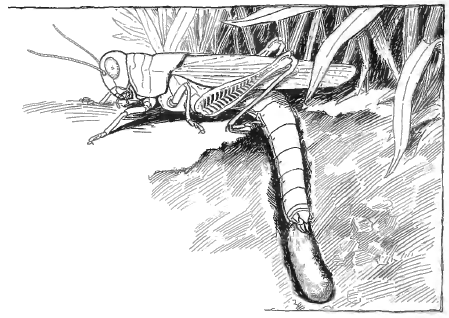Last week we looked at the life cycle of grasshoppers, now we are going to find out more about seed beetles.
We have often seen seed beetles feeding on pollen and nectar from flowers. Where do they come from?
We had picked up some seeds for our regular “seed of the week” feature, and put them in a vial. When the time came to take the photographs, we discovered we had collected more than seeds.
The vial was full of tiny seed beetles (a different species than above).
You can see where the beetles had emerged from the neat round holes in the reddish-brown seeds. What are the light-colored things that look like sesame seeds on the surface?
Those are the eggs of the seed beetles. Because they were trapped in the vial, the adults were laying eggs on the seeds they had emerged from. The eggs will hatch into larvae that will tunnel back into the seeds. After feeding. molting and growing, the larvae will pupate. The pupa then transforms into the adult beetle. The adults cut through to the outside of the seed to continue the cycle.
Can you see the neat round caps the beetle cut from the seed coats on the ground to the left? Those few seeds produced quite a few beetles. Most had two exit holes per seed.
Imagine being small enough to complete your life cycle within a single seed!











